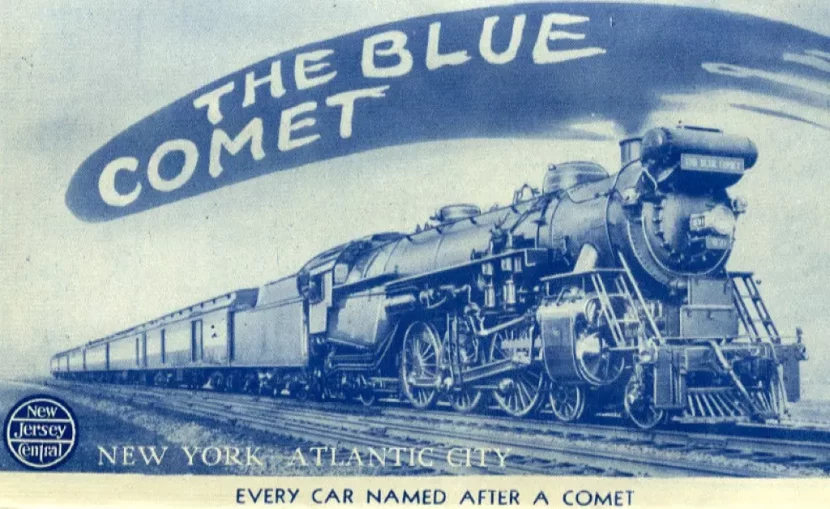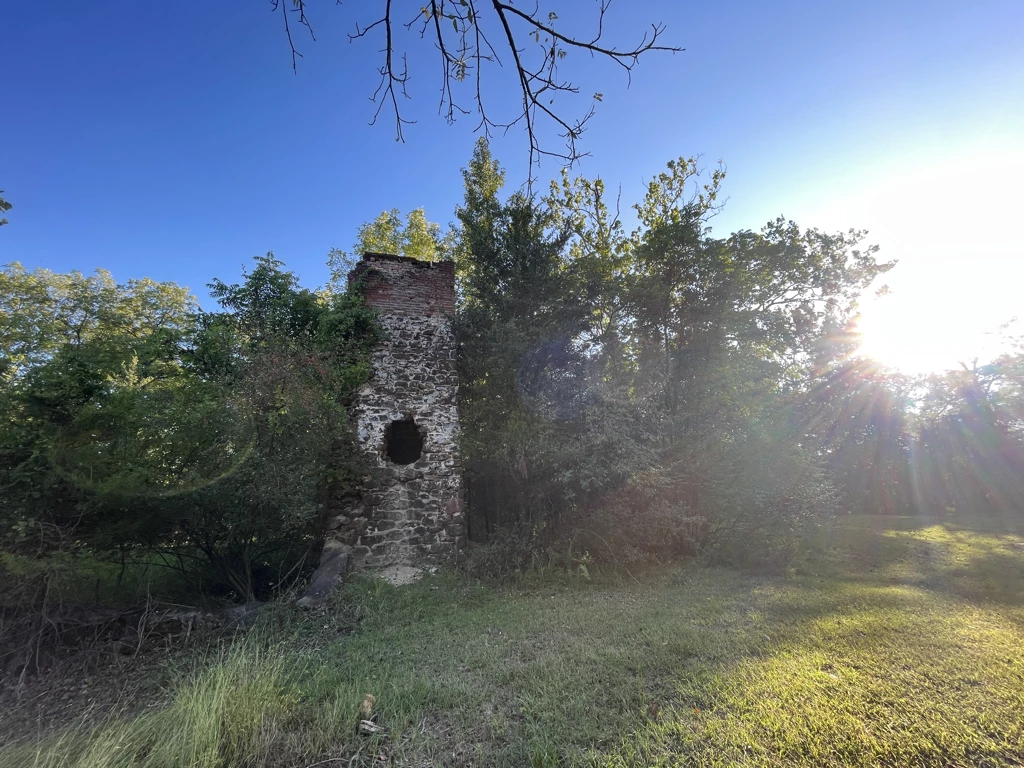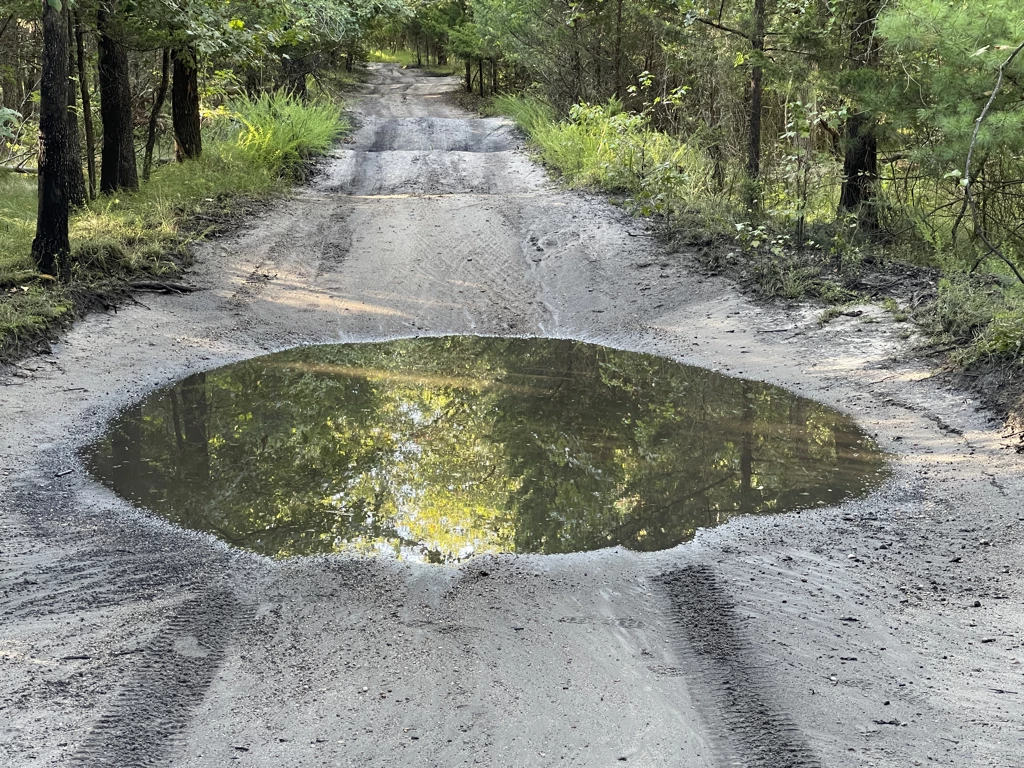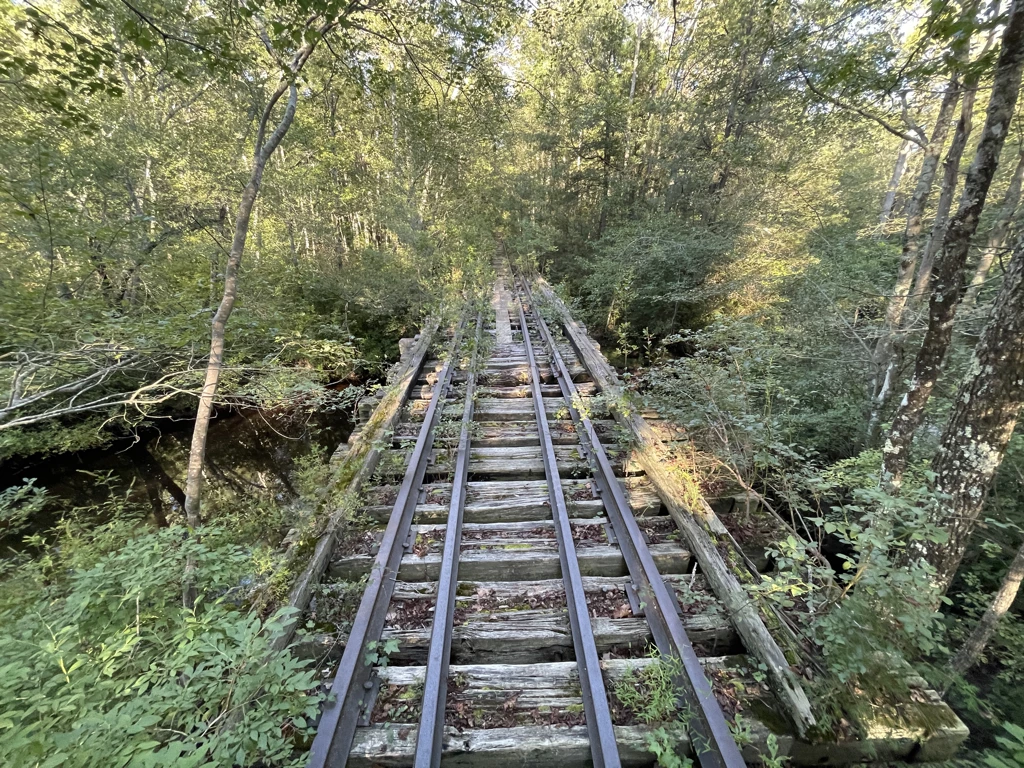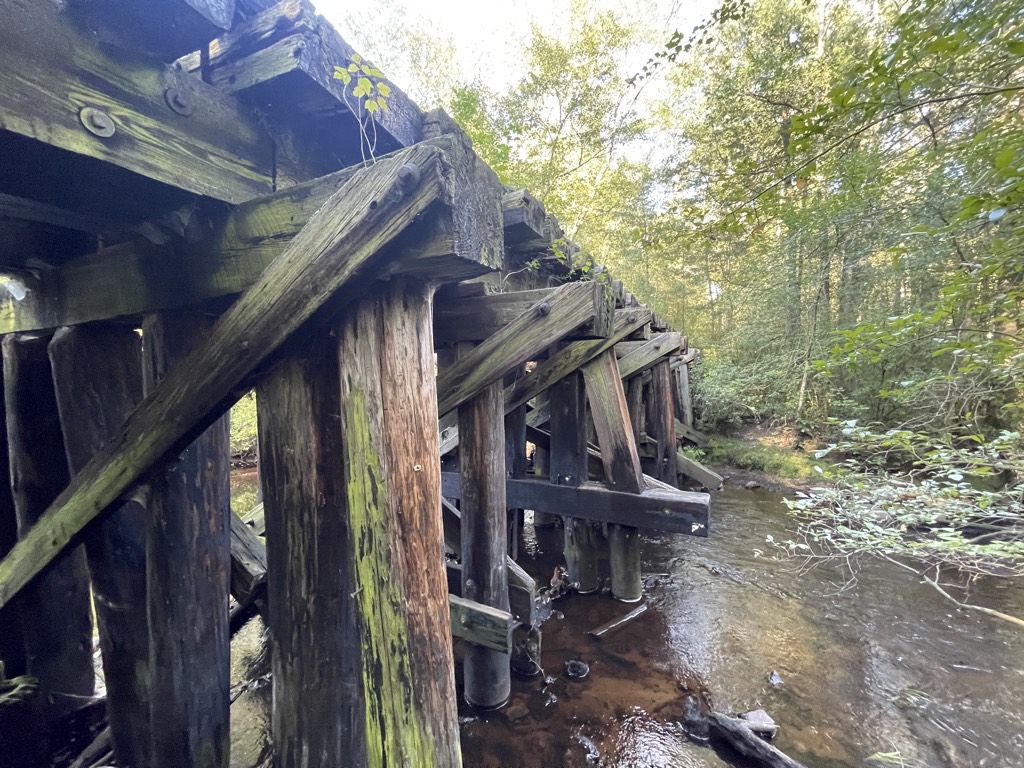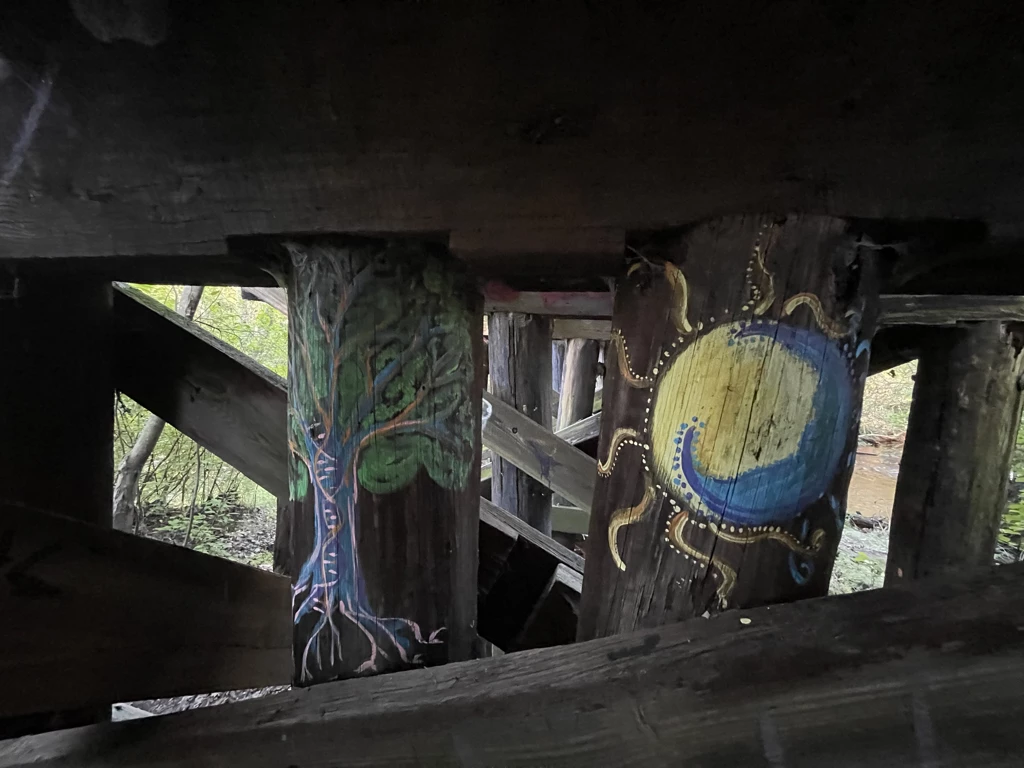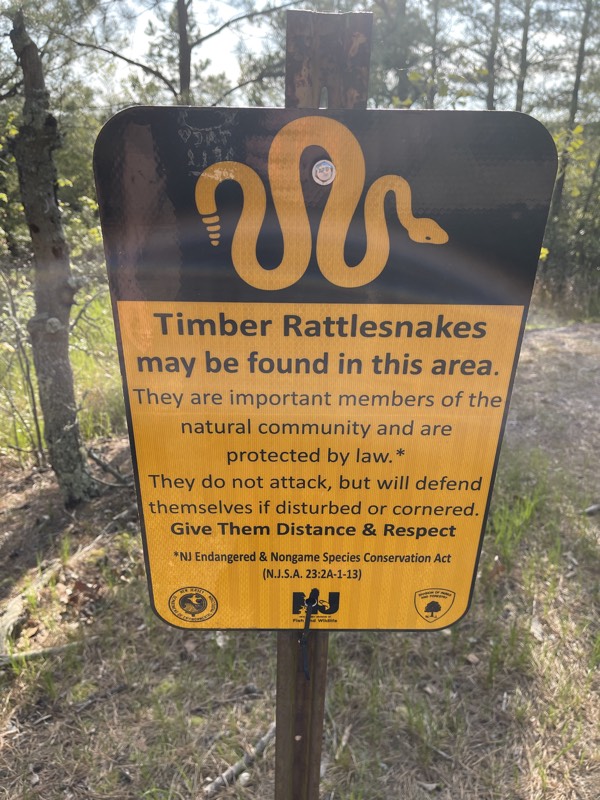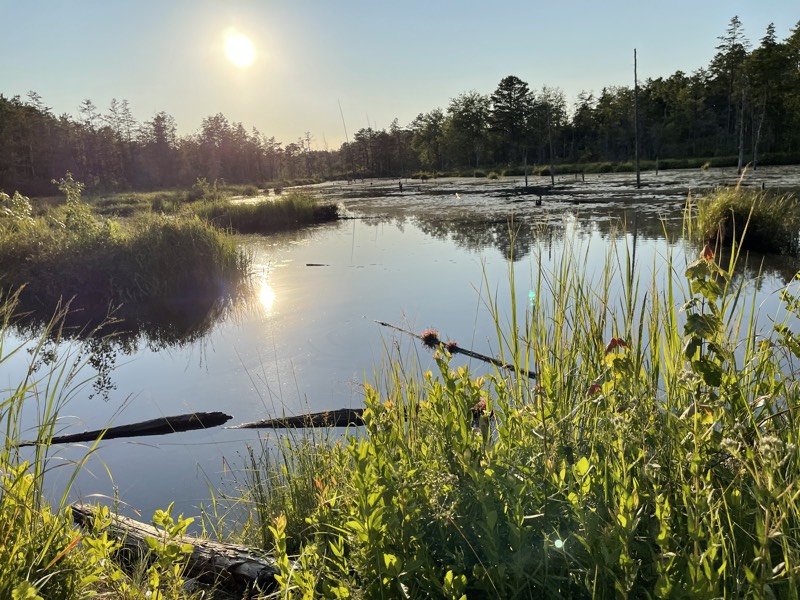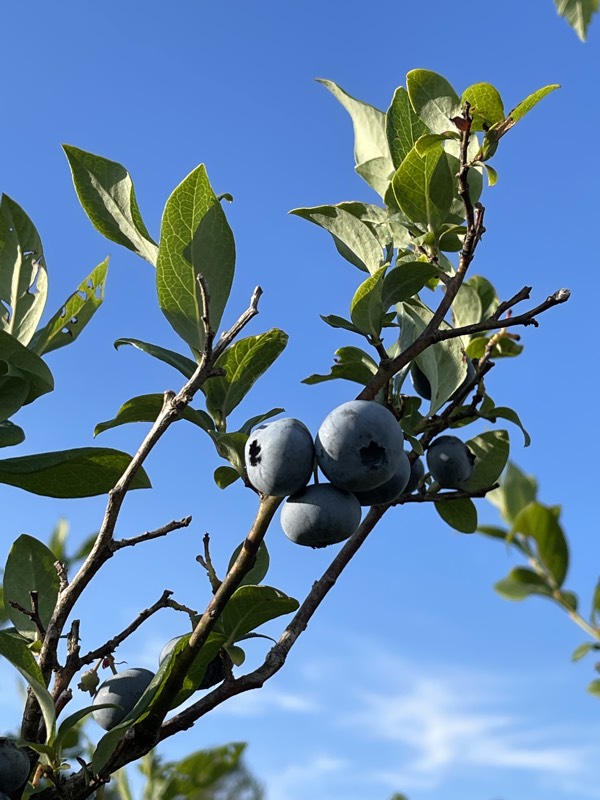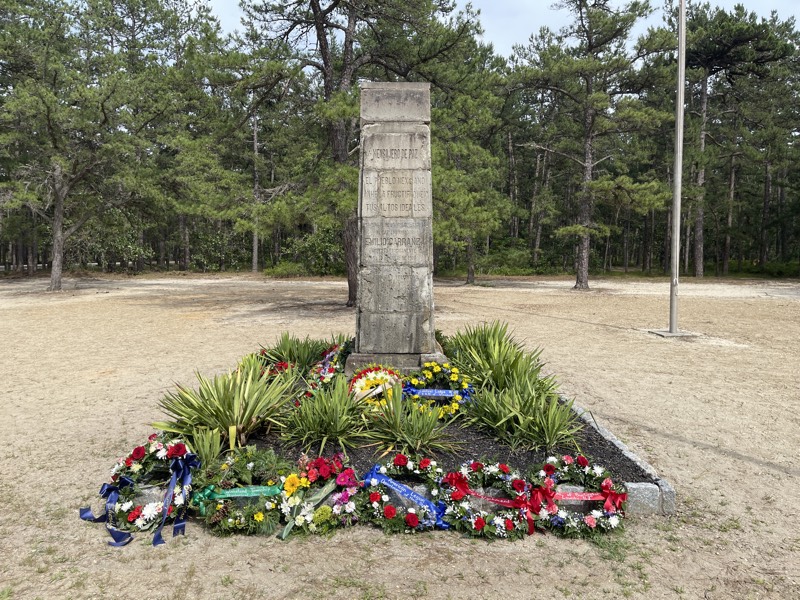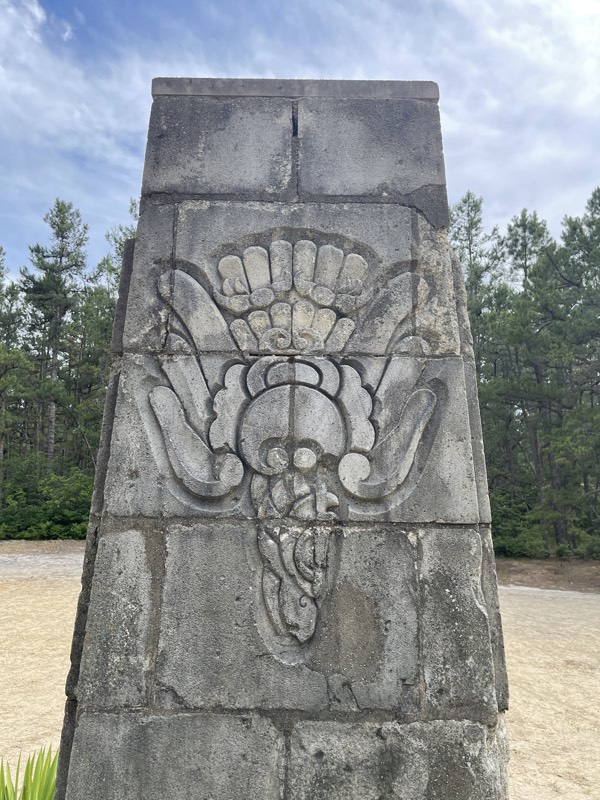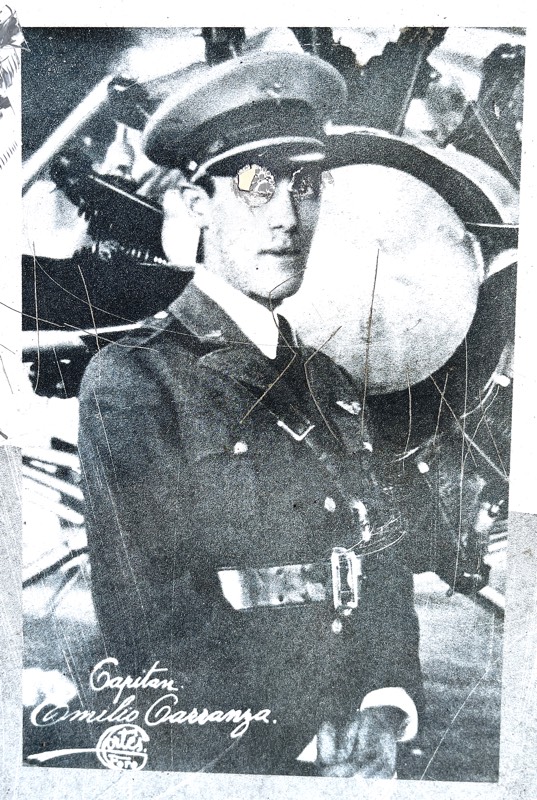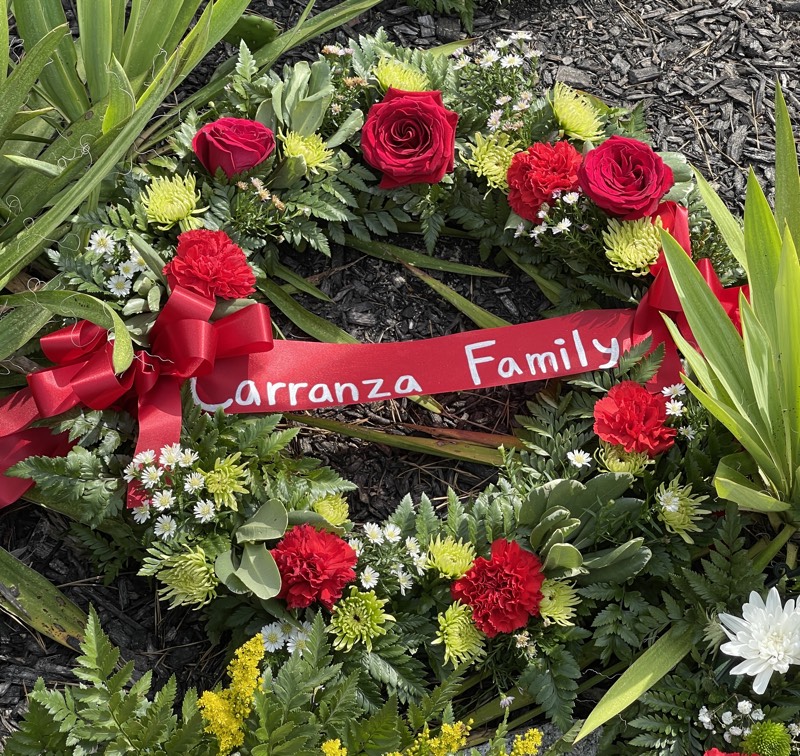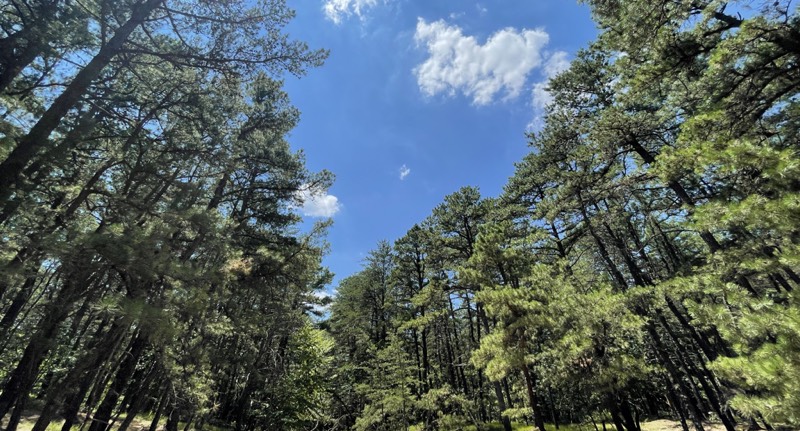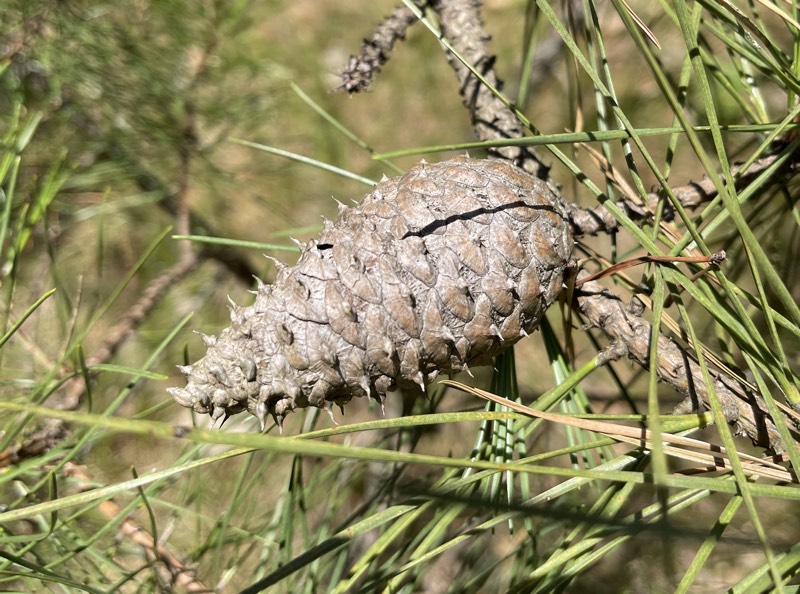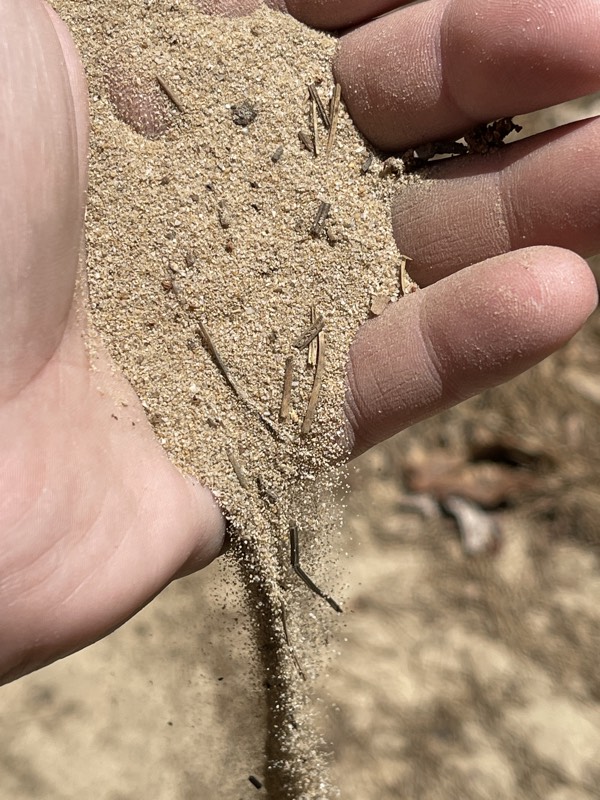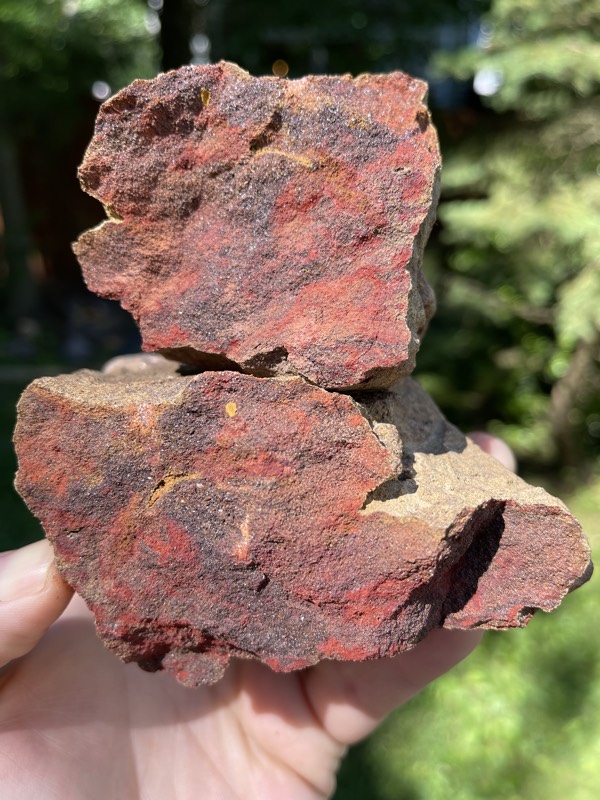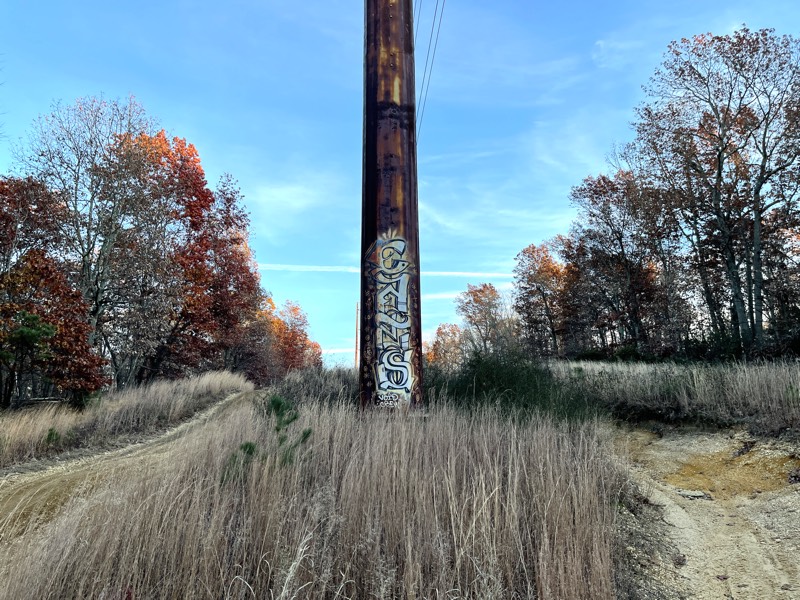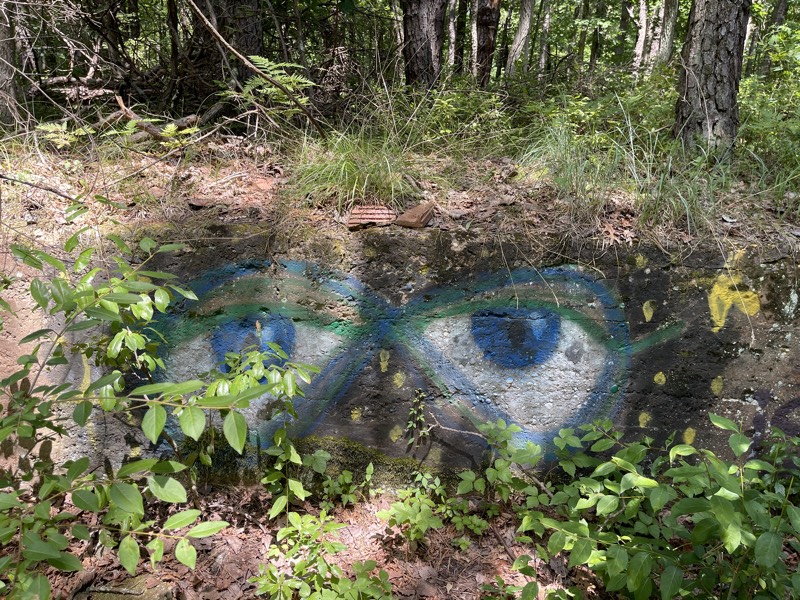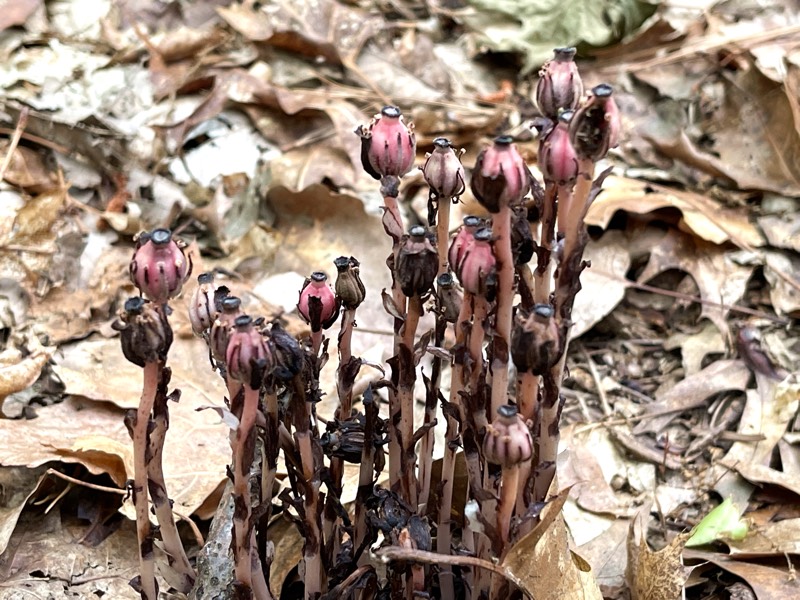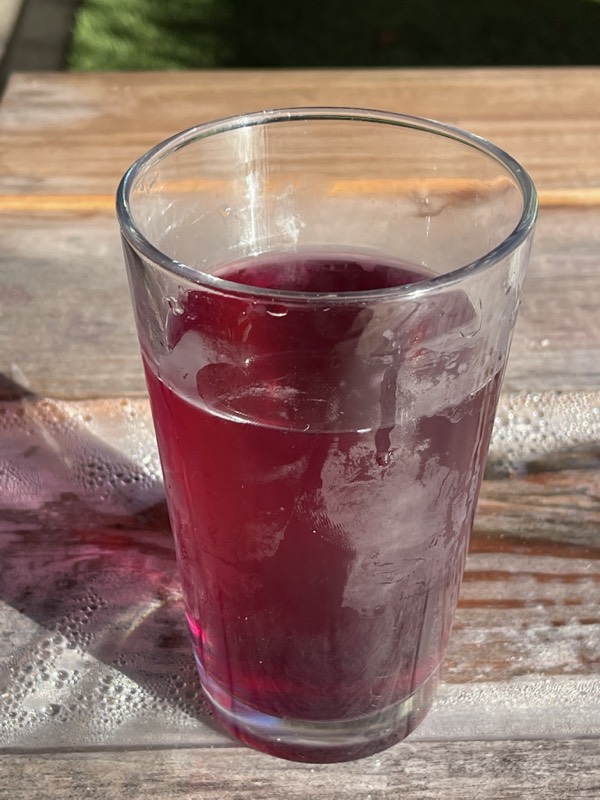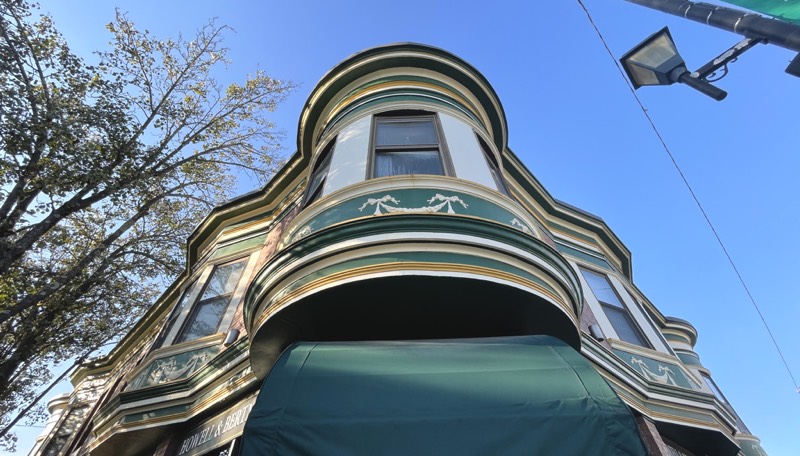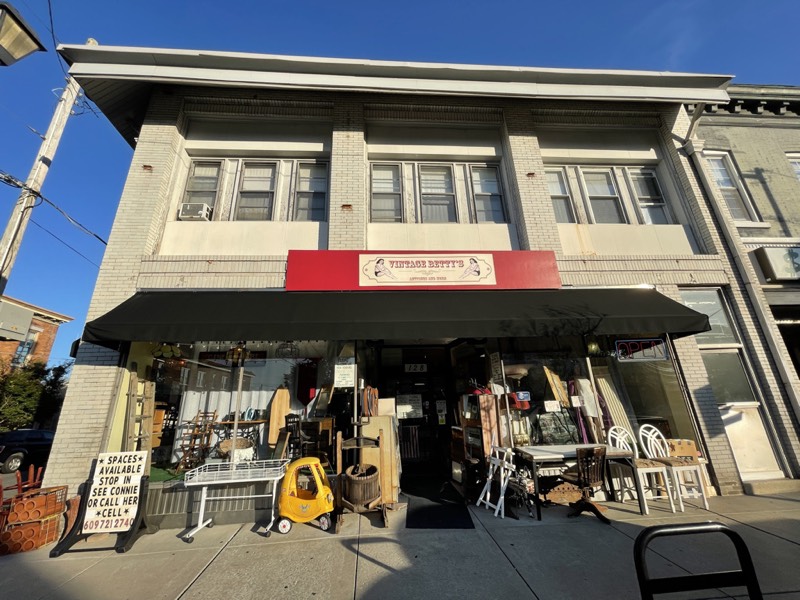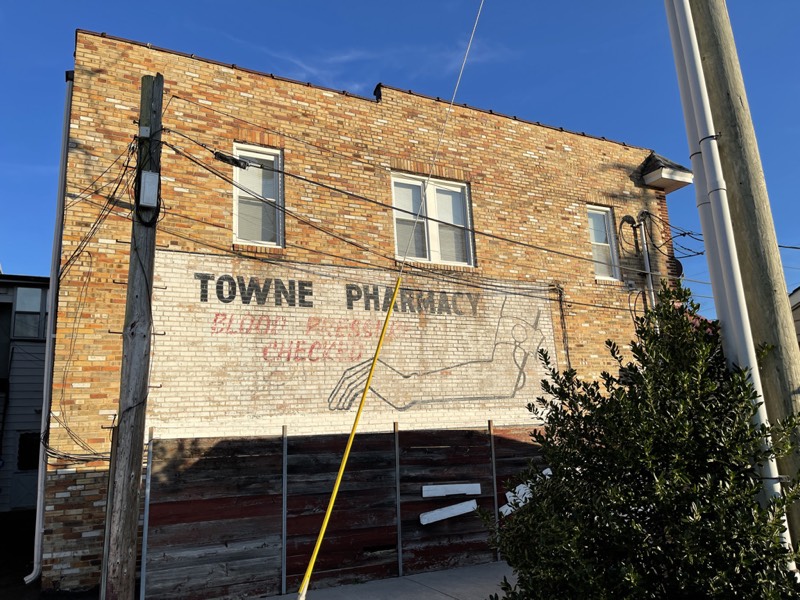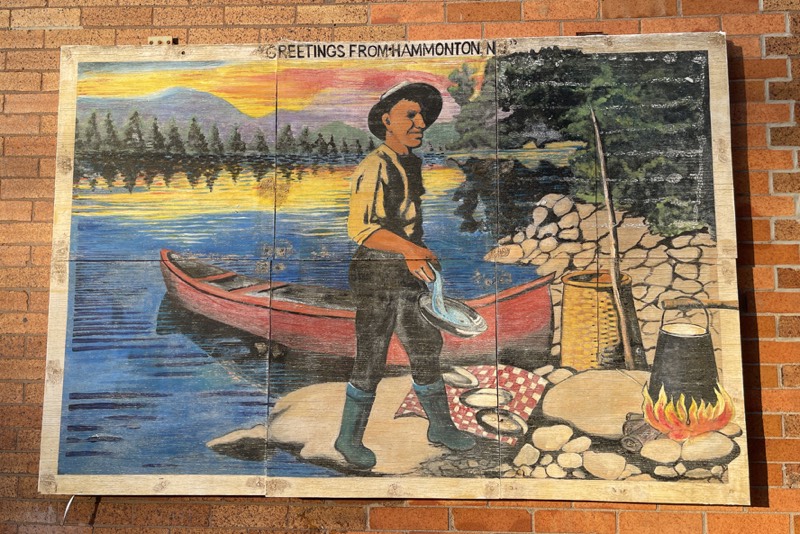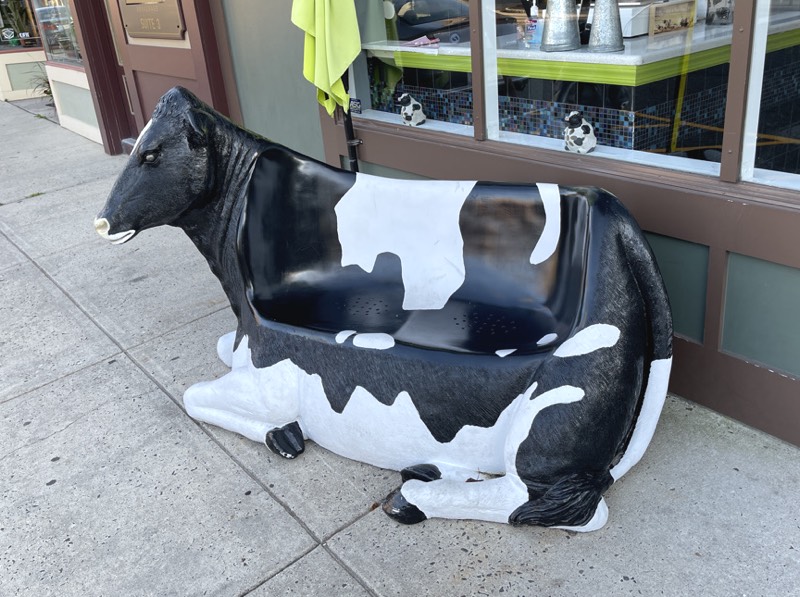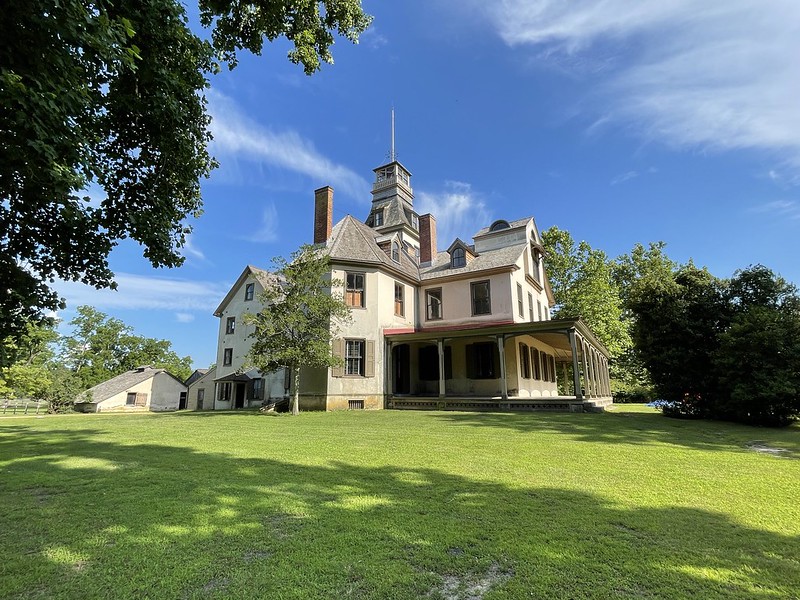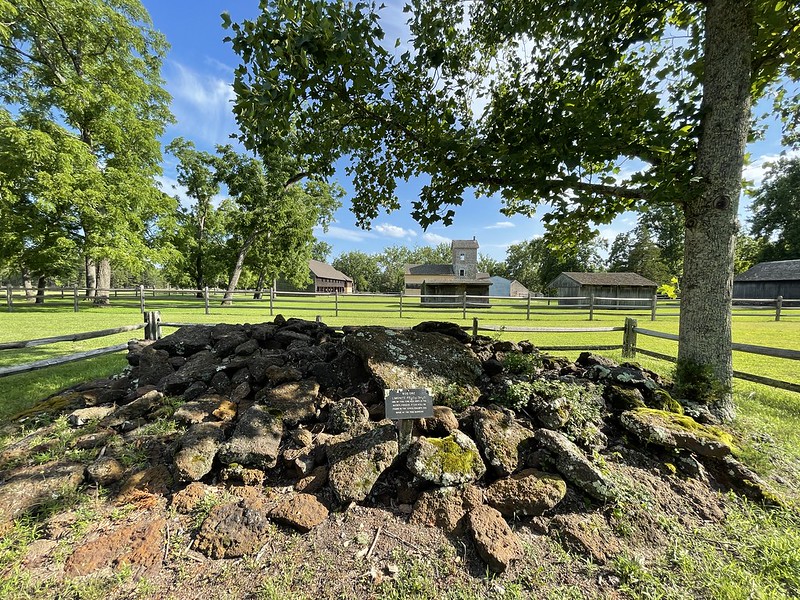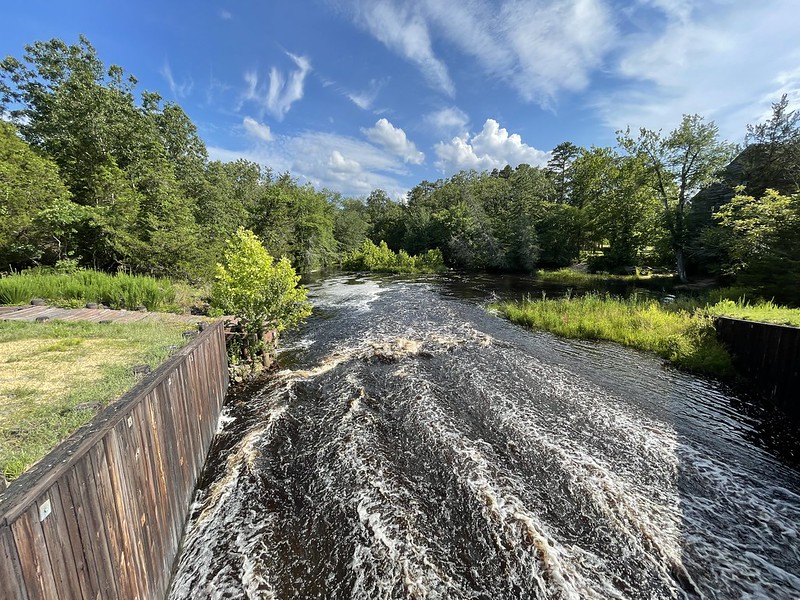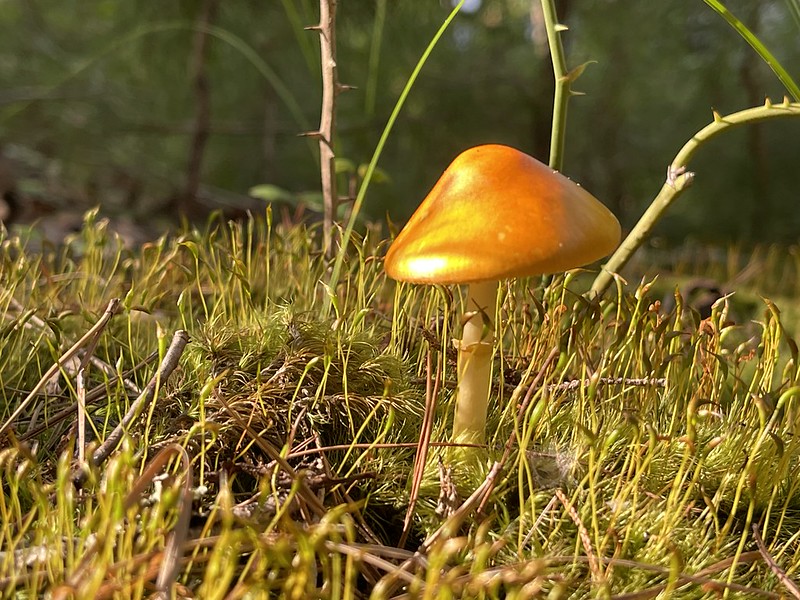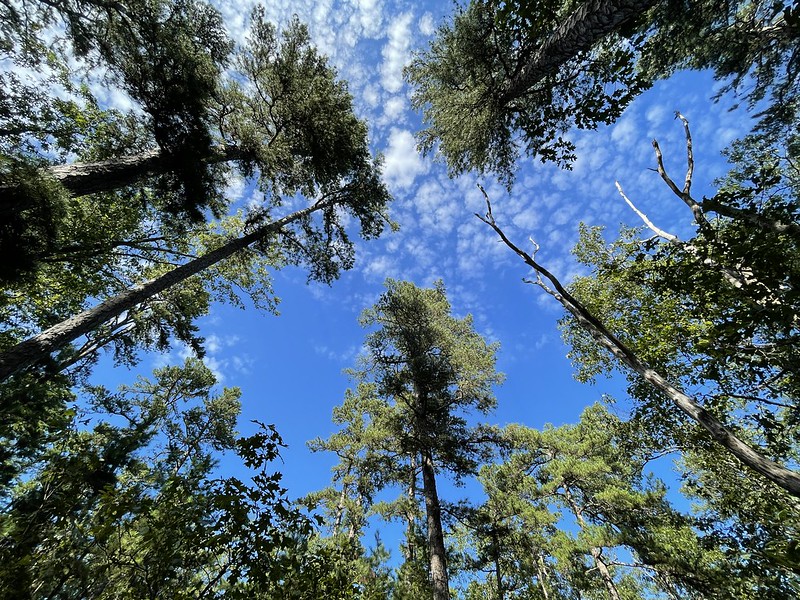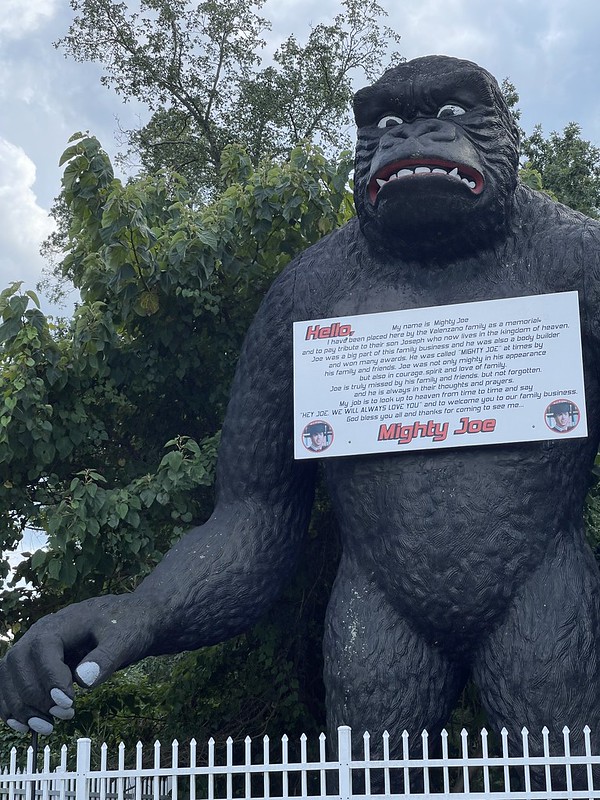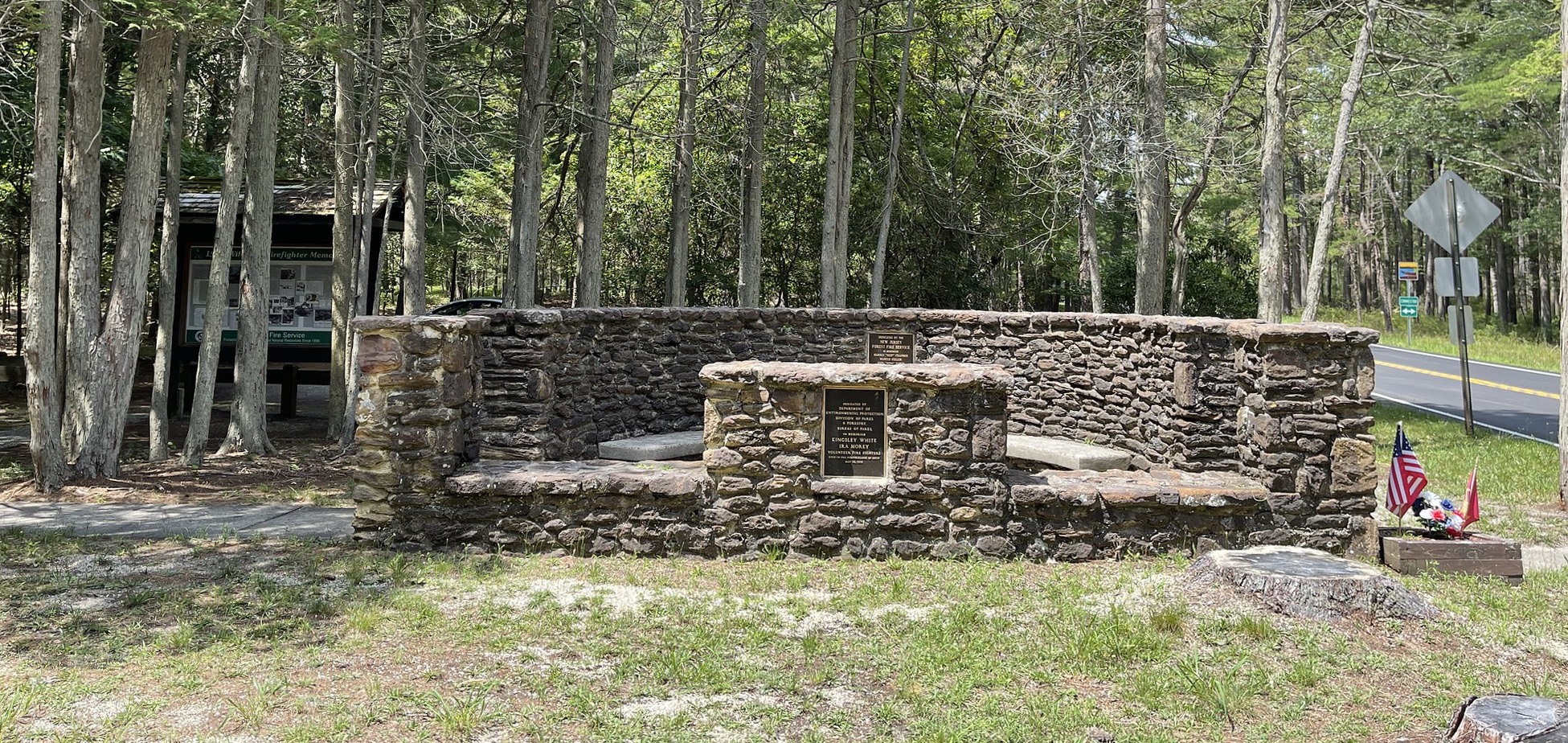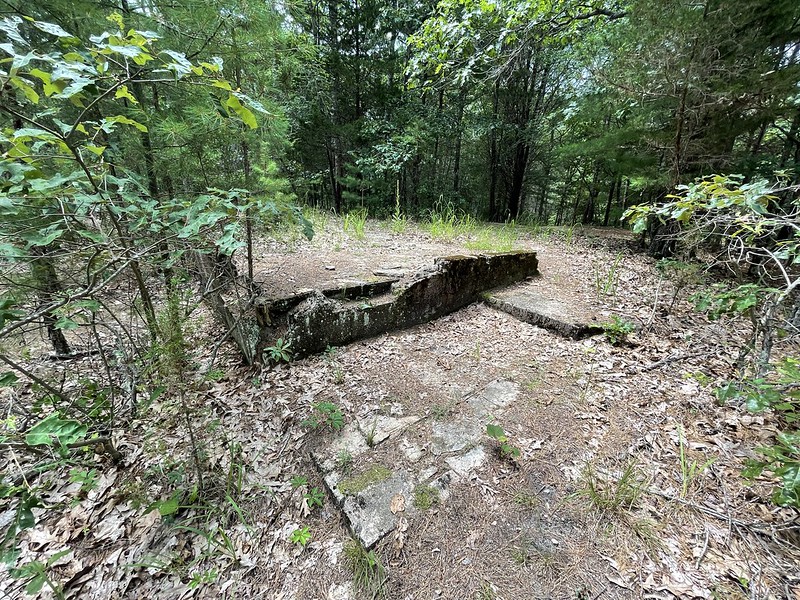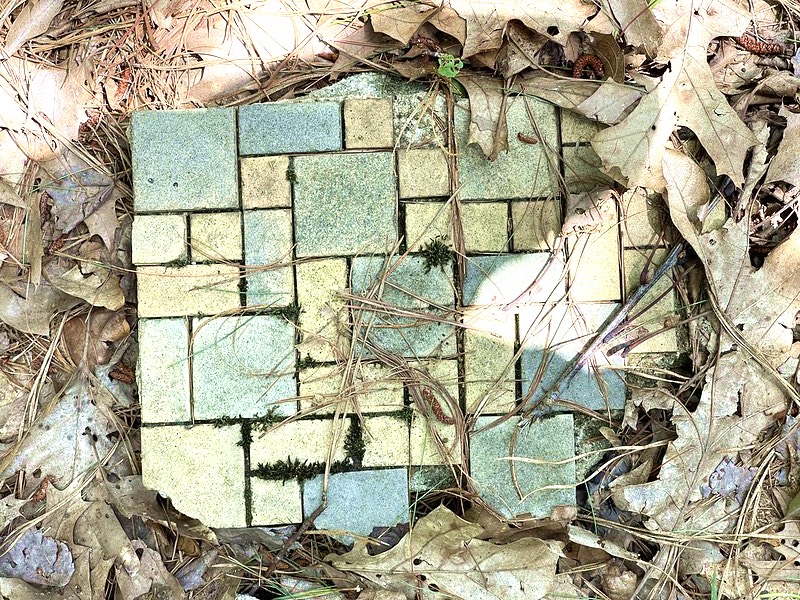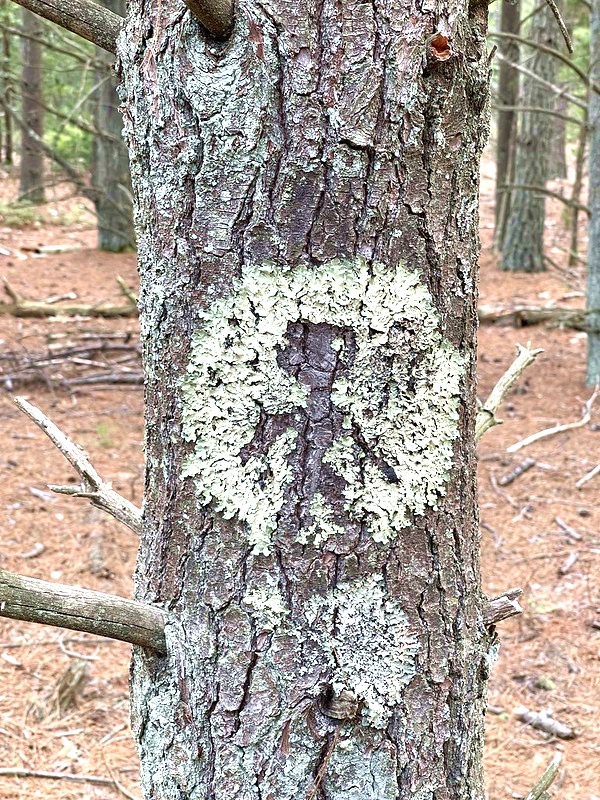These are not my videos, but I want to share them.
How New Jersey’s Pine Barrens became The Creepiest Place in America – (The Jersey Devil )
Across the south of New Jersey, there are 1.1 million acres of pine forest. From the northern part of Ocean Country down to Cape May, the Pinelands National Reserve occupied 22% of the state’s land area and is the largest body of open space on the Mid-Atlantic Seaboard between Moston and Richmond. Additionally, 45 percent of the region, or around 493,000 acres, are owned by the public. However, a part of this reserve is of particular note, sourcing several urban legends such as the Jersey devil. This is the story of the New Jersey Pine Barrens.
A good synopsis of the myths and legends of the Pinelands. I like hanging out in the Pinelands at least once a month, and I do not find it creepy at all. Well… maybe the ticks are creepy (but they’re everywhere in Jersey). I like that the author covered the Emilio Carranza Memorial in Tabernacle, NJ. Spoiler: Ben Franklin started the Jersey Devil myth by calling his New Jersey publishing competitor the “Devil Leeds”. You must admire a person clever enough to vex a great mind like Franklin.
Exploring the Pine Barrens – The Ruins of Fries Mill
Deep in the New Jersey Pine Barrens are ruins of two sites right on top of each other – the old Fries Mill settlement dating back to 1770, and the ruins of the New Jersey Silica Sand Company from 1915. Let’s hike out there and see what we can find.
I enjoyed this video quite a bit as it reminded me of my own Pinelands explorations. Don’t swim in the blue lakes of the Pinelands. They are old sand quarries, and the water is not buoyant enough to support a human, so you will sink and likely drown.
A Virtual Visit to the Pine Barrens to see Native Orchids
Enjoy a tour through the Pine Barrens. The presenter is Bob Sprague, a native orchid expert.The presentation focuses initially on the native orchids of the Pine Barrens of New Jersey, and the specific conditions they thrive in. He introduces other unusual flora of the area and many of their pollinators. While this replaces the actual tour originally scheduled, the macrophotography will give viewers a clear closeup of blooms all at their peak, and a naturalist’s introduction to other flora and fauna.
The Pinelands are famous for their unique plant life, especially orchids.
Marilyn Sobel – Plants of the New Jersey Pine Barrens
The ecology of rare and unusual plants of the New Jersey Pinelands, including orchids, carnivorous plants, and locally restricted plants such as Knieskern’s beaksedge. The talk will include potential threats to local populations and general habitat characteristics that are important elements of plant conservation.
